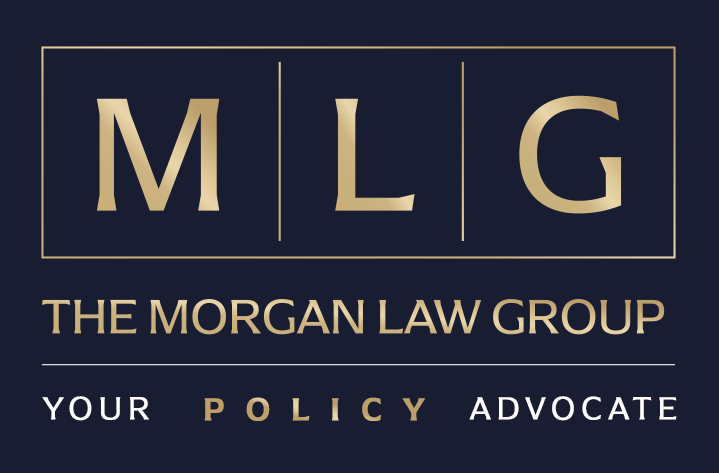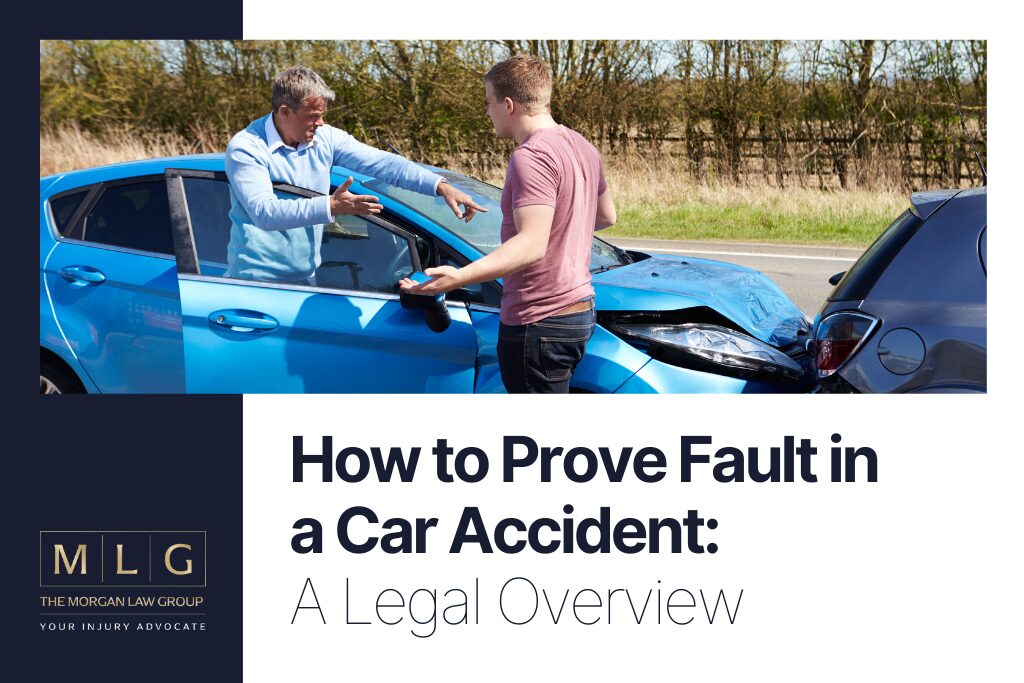The concept of fault in a car accident is pivotal, in determining the party responsible for damages, including medical expenses, repair costs, and lost wages. Fault influences insurance claims and legal action outcomes, making it essential for financial and legal accountability. Florida employs a comparative negligence system, allowing fault to be apportioned among parties, affecting compensation based on their fault percentage.
Additionally, as a no-fault insurance state, Florida requires drivers to carry Personal Injury Protection (PIP) insurance, covering their own injuries up to a limit, regardless of who caused the accident. Serious injuries exceeding PIP limits can lead to pursuing further compensation from the at-fault driver’s insurer. Given the complexities of proving fault and Florida’s specific laws, seeking experienced legal counsel from the Morgan Law Group is a necessary step to take.
How is Fault Determined in Florida?
In Florida, the process of determining fault in car accidents is a meticulous one, requiring a thorough examination of various factors and pieces of evidence.
Traffic Laws
Adherence to Florida’s traffic laws is paramount. Violations such as speeding, running red lights, or illegal turns are strong indicators of fault. A demonstrated breach of these regulations is often taken as clear evidence of a driver’s liability in causing an accident.
Negligence
The principle of negligence is central to fault determinations in Florida. This encompasses scenarios where a driver’s failure to exercise reasonable care, such as distracted driving or not maintaining a safe following distance, directly leads to an accident.
Police Reports
Police reports play a significant role in the initial assessment of an accident. These documents include observations of any traffic law violations, descriptions of the accident scene, and sometimes, the responding officer’s opinion on fault.
Witness Testimony
Eyewitness accounts are invaluable for their objective perspective on the accident. Witnesses can provide crucial details that might not be immediately apparent, aiding in a more accurate fault determination.
Accident Reconstruction
In situations where the cause of the accident is not clear-cut, accident reconstruction experts may be consulted. These specialists employ scientific methods to analyze the crash dynamics, providing expert opinions on how and why the accident occurred.
Video and Photographic Evidence
Increasingly, video footage from dashcams, surveillance cameras, or even bystander smartphones plays a critical role in fault determinations. Such visual evidence can conclusively demonstrate the sequence of events leading to the accident.
Vehicle Damage Analysis
The pattern and extent of damage on the vehicles involved can offer clues about the accident’s dynamics. Experts can analyze these damage patterns to infer speeds, angles of impact, and other factors that contribute to fault assessments.
Road Conditions and Environmental Factors
The condition of the road, weather conditions, and other environmental factors are also considered. For instance, a driver might be found less at fault if it’s determined that hazardous road conditions without proper signage contributed to the accident.
Traffic Citations and Violations
If any drivers involved in the accident received traffic citations from law enforcement at the scene, this could also influence fault determinations. A citation can serve as evidence that the driver violated traffic laws, contributing to the accident.
Statements from Involved Parties
The accounts of the drivers involved in the accident are scrutinized for consistency with physical evidence and witness testimonies. Discrepancies or admissions in these statements can be pivotal in establishing fault.
How to Prove Fault in a Car Accident?
Proving fault in a car accident is critical for navigating insurance claims and securing rightful compensation. Here are 10 strategies on how to effectively establish fault:
Strategy 1: Gather Photographic Evidence
Capture detailed photographs and videos of the accident scene, including all vehicle damage, road conditions, traffic signs, and any relevant environmental factors. This evidence is crucial for reconstructing the events leading to the accident and illustrating the circumstances under which it occurred, providing a visual affirmation of the damage and the scene’s layout.
Strategy 2: Collect Witness Testimonies
Securing statements from eyewitnesses can provide an impartial perspective on the accident. Witnesses can offer insights or details that the involved parties might not notice, making their testimonies a powerful tool in supporting your version of events and challenging conflicting accounts.
Strategy 3: Obtain a Copy of the Police Report
The police report encompasses the responding officer’s observations, statements from the parties involved, and an initial assessment of fault. This document is a foundational piece in the fault determination process, heavily utilized by insurance companies when evaluating claims.
Strategy 4: Refer to Traffic Laws
Identify and reference specific traffic laws that were violated by the other party involved in the accident. Demonstrating a breach of these laws can directly support your claim of fault, highlighting how the other party’s actions or failures to act responsibly contributed to the accident.
Strategy 5: Use Accident Reconstruction Experts
In complex accident scenarios, employing accident reconstruction experts can elucidate how the accident happened. These experts use scientific methods to analyze the crash dynamics, providing a detailed breakdown that can pinpoint fault with a high degree of accuracy.
Strategy 6: Secure Surveillance Footage
Obtain any available video footage from surveillance cameras or dashcams that captured the accident. This footage can be an unequivocal piece of evidence, showcasing the accident’s progression and offering a clear visual account that may verify the fault conclusively.
Strategy 7: Document Injuries and Medical Reports
Gather all medical documentation related to injuries sustained in the accident. These records should thoroughly detail the injuries, treatments received, and any potential long-term impacts. Such documentation establishes a direct connection between the accident and the injuries for which you’re seeking compensation.
Strategy 8: Analyze Vehicle Damage
The analysis of vehicle damage can provide insights into the accident’s mechanics. Understanding the damage patterns can help infer the speed, direction, and impact points, offering additional perspectives on how the collision occurred and supporting your fault claim.
Strategy 9: Consult Traffic Citations and Legal Violations
If the other driver was cited for any traffic violations at the accident scene, this could be used to substantiate their fault. Such citations are tangible evidence of law violations that contributed to the accident, strengthening your case.
Strategy 10: Engage a Personal Injury Lawyer in Florida
Consulting with an experienced personal injury attorney can provide a significant advantage. Personal injury lawyers in Florida can guide you through the process of collecting evidence, dealing with insurance companies, and, if necessary, litigating your case to ensure you receive fair compensation.
The Significance of an Accident Attorney from Morgan Law Group
Proving fault in a car accident is a meticulous process that demands a thorough understanding of legal principles, a strategic collection of evidence, and the support of a proficient injury and accident attorney. Morgan Law Group is committed to providing exceptional legal services to those affected by car accidents. With a team of dedicated personal injury attorneys, we are prepared to guide you through the legal process, advocate for your rights, and work tirelessly to secure the compensation you deserve. If you or a loved one has been involved in a car accident, do not hesitate to contact us. Let us shoulder the legal burden while you focus on your recovery.

